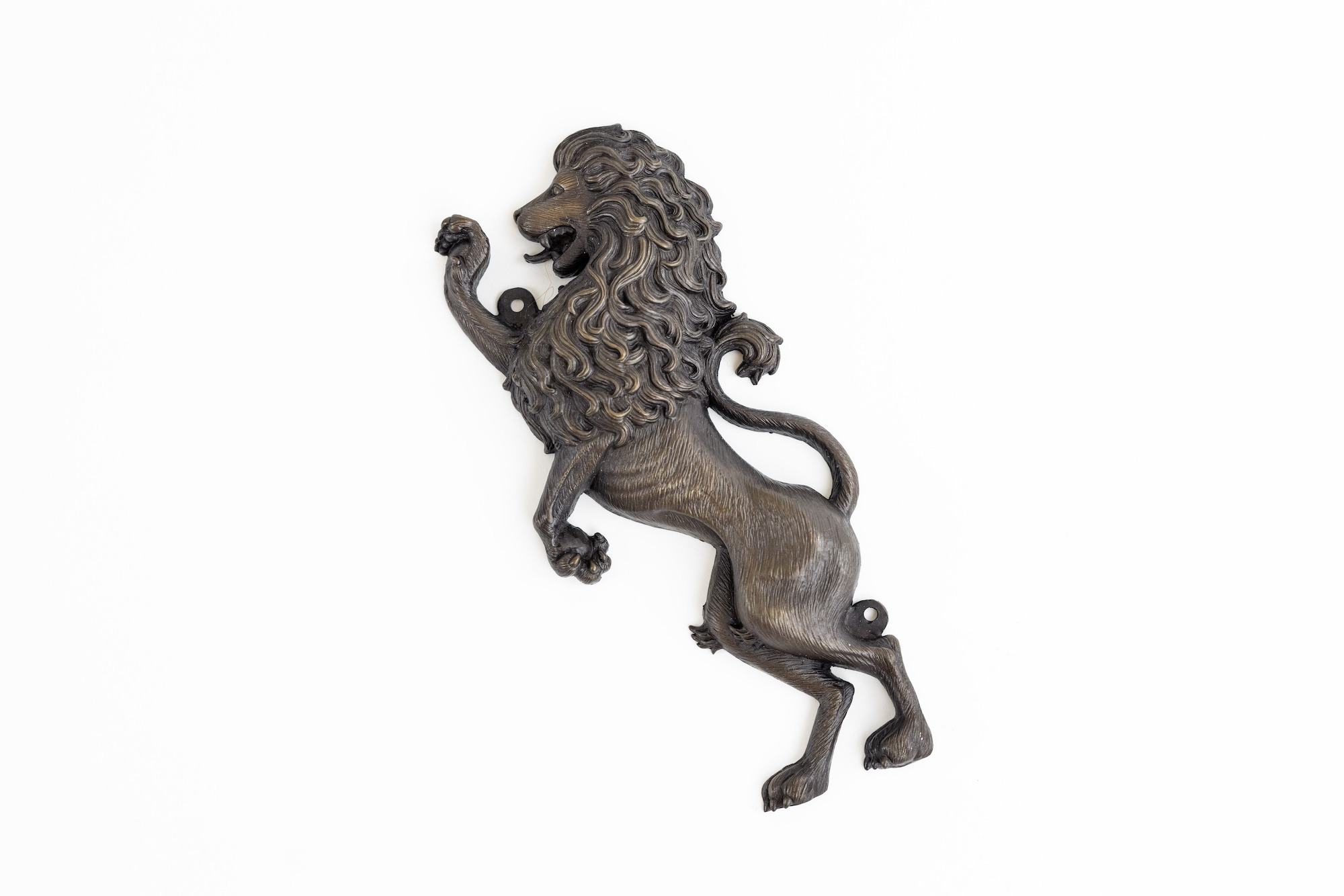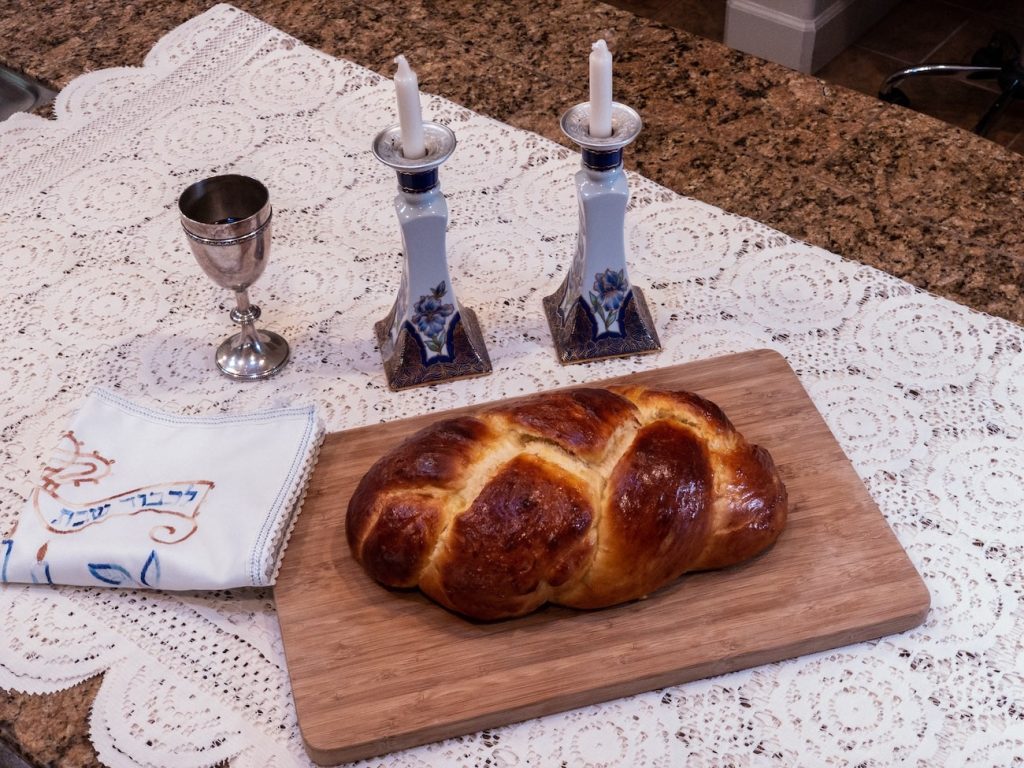No products in the cart.
A Guide to Mezuzahs
Mezuzahs are a vital part of the Jewish tradition, dating back to 1312 B.C.E. While the mezuzah might seem like an ornament to the untrained eye, it carries centuries of tradition, faith, and meaning. Discover more about this symbolic treasure, including customs, tips, and tricks for how to hang them.
The History of the Mezuzah: A Sacred Symbol Through the Ages
The history of the mezuzah starts with its origins in Judaism, specifically tied to the Torah within the book of Deuteronomy. The verses you see included within the mezuzah are from the Shema prayer, commanding Jewish people to write and remember God’s teachings. It serves as a reminder of God’s presence and of Jewish identity and religion. There are variations in design based on the Sephardic and Ashkenazi traditions, from scroll placement to case style, inscriptions and symbols, and materials used.
How to Use a Torah Pointer and Why It Matters
The main purpose of the Torah pointer is to keep you from touching the actual Torah. There are no harsh rules for using the Yad, as you follow the same protocol you would for a regular pointer. The Yad Torah works as a tool, pointing to what you’re reading at the time to enhance the kavanah (intent) of the prayer or blessing. The Torah pointer is primarily used by the person who is reading the Torah at that time, also known as the baal koreh. Make sure to be as delicate as possible when using the Yad on the Torah to prevent any form of damage to the Torah and pointer itself.
Ashkenazi Mezuzah
- The scroll is placed diagonally in the case, leaning inward toward the room.
- Cases reflect European art styles (metal, wood, ceramic that are modest in design.
- Uses more ornate materials.
Sephardic Mezuzah
- The scroll is placed vertically in the case.
- Cases reflect Middle Eastern, North African, or Mediterranean influences (brass, silver, or mother-of-pearl).
- Simpler craftsmanship.
How to Properly Use and Hang a Mezuzah: A Step-by-Step Guide
Anyone can hang a mezuzah. However, before any mezuzah placement can begin, one must recite a blessing from the Torah, thanking God for the commandment and the opportunity to fulfill it. Then, a person will place it on the right-hand doorstep of a Jewish home at shoulder height, while it slants so the top points upward.
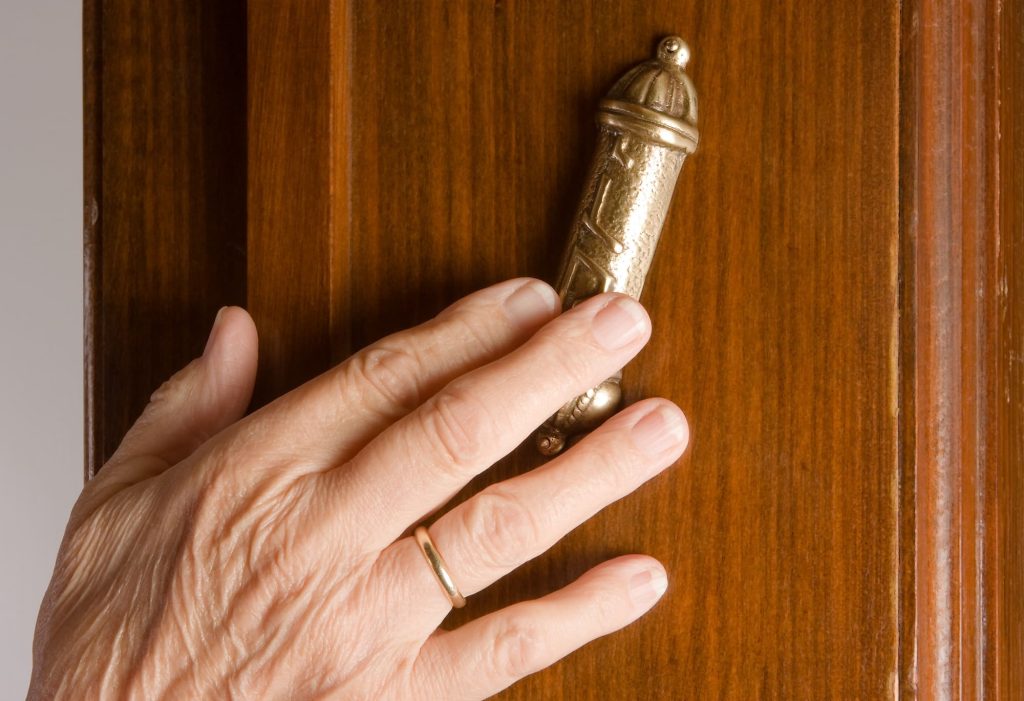
Place the mezuzah on the right side of your doorframe, at shoulder height, with the top slanting inward. Recite the traditional blessing before hanging to honor your mitzvah.
Once the mezuzah is placed, it is recommended that the klaf (the parchment scroll containing the Shema prayer) be checked every three or four years for deterioration. While it is possible to check the condition yourself, a scroll should be removed and inspected by a trained sofer.
The Artistry Behind Forgotten Judaica Mezuzahs
At Forgotten Judaica, we offer a range of mezuzah scrolls, kosher and written by an expert Sofer on parchment. These Jewish ritual items are handmade with so much love and appreciation for Jewish culture, and the artists add their own unique spin.
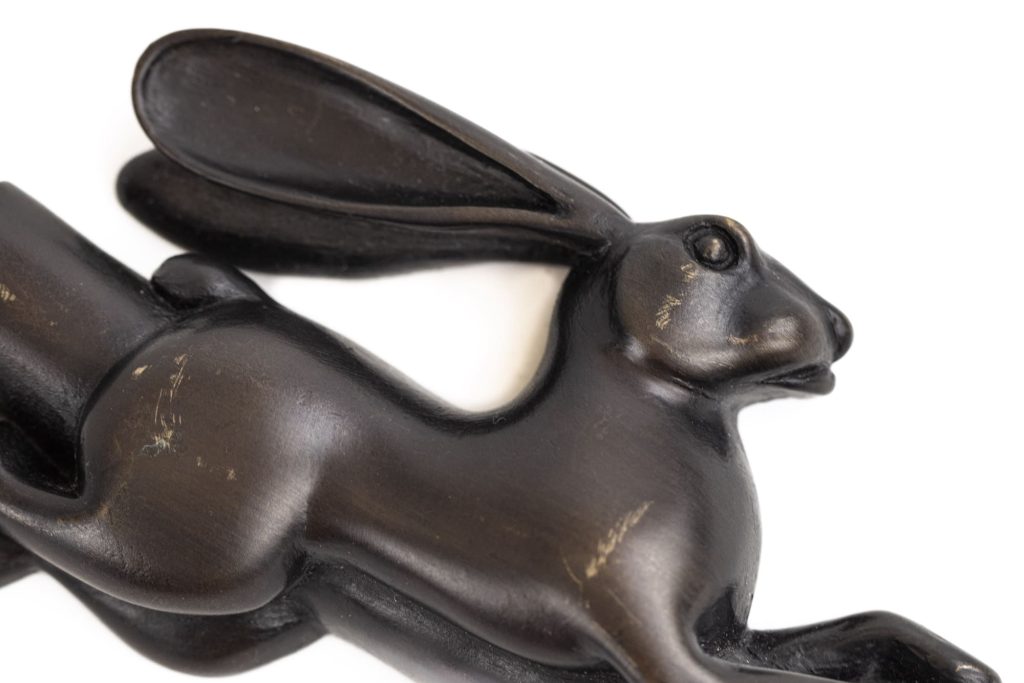
Our Z’ev Wolf Meir’s, Der Hare Rabbit Mezuzah, inspired by Rabbi Wayne Franklin and the Moss Haggadah, embodies agility and resilience.
Rhode Island artist Richard Wessner handcrafts our branch mezuzahs, which symbolize the essence of growth. Author and illustrator Chris Van Allsburg creates animal-shaped mezuzahs such as squirrels, fish, lions, and doves. Artist and carver, Rebecca Nightingale, personally handcrafts our Sheath of Wheat Mezuzah, representing prosperity and abundance.
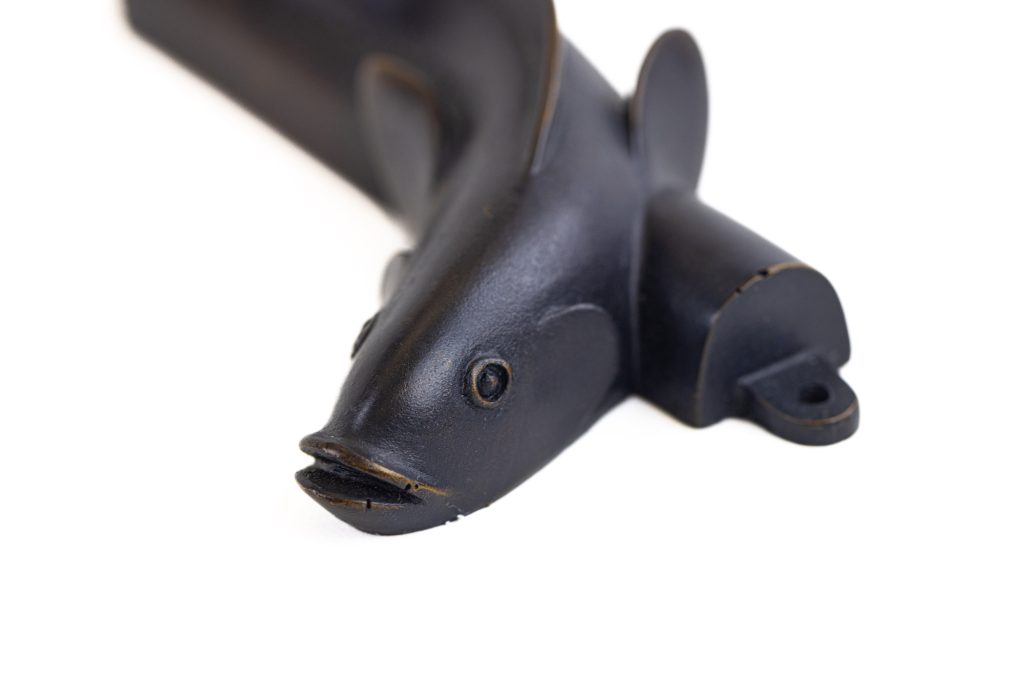
Our Ephraim’s Fish Mezuzah, designed by Chris Van Allsburg, symbolizes abundance, fertility, and protection.
Each mezuzah is made from bronze and comes with a prayer in a protective sleeve that attaches to the mezuzah’s case back with easy-to-follow mounting instructions. Speak with us today at Forgotten Judaica to explore our mezuzahs and more of our beautiful pieces.


